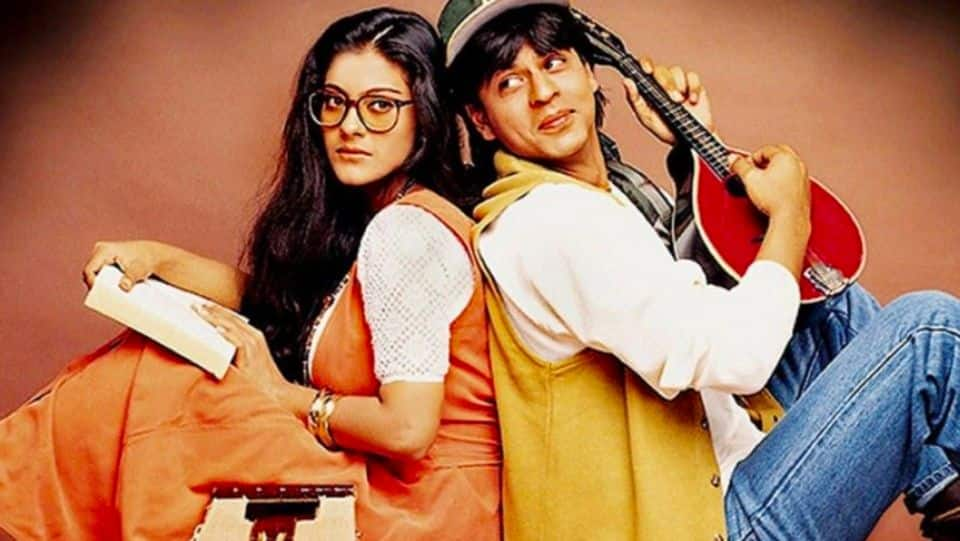
Private financiers to production houses: Bollywood's evolving business model
What's the story
Multiplexes with plush recliners, differentially-priced tickets and popcorn priced over Rs. 200 - movie-watching in a theatre wasn't always like this. Until a little after 1991, it was about 500-seater rickety theatres and films that ran for months. But with liberalization, all changed. Here we trace how movie financing has evolved from private lenders to mammoth production houses and its effects on Bollywood films.
Humble beginnings
Mortgaging property to produce films
Private financiers were in vogue until the 1990s. A group of 15-20 of them would fund films at exorbitant interest rates (about 3-4% a month), which was largely deducted in advance. Or filmmakers would mortgage property or risk personal wealth to produce their films. The transactions were therefore mostly in black and often unaccounted.
First changes
Entry of banks, corporates
However, with the turn of the century came in banks, which loaned finance at a much lower rate, 15-16% per annum, changing the model. Next came in corporates, which brought about a major transformation with investment partnerships. Equity partners no longer charged any interest. They took 50% of the revenue instead, thus giving filmmakers more room to experiment and go big.
Streamlining
Then came in production houses
Production houses, with their chalked-out blueprints to break even before the film released, followed next and revolutionized how Bollywood looked at financing its projects. They took care of everything - from the film's acquisition to production, syndication, marketing and distribution across the world. They also brought in new ways of securing revenue. Pre-licensing music/TV/digital deals, merchandising rights, brand integrations, and post-production revenue-sharing.
The big shift
The era of foreign studios
With 'Saawariya' in 2007, Sony Pictures became the first Hollywood studio to produce a Bollywood film. Since then there has been no looking back. Today, Sony, Walt Disney (India) and Fox Star Studios, counted among major players in India, have delivered hits like 'ABCD2', 'Neerja' and 'Prem Ratan Dhan Payo', making the change absolute and irrevocable.
Bigger, better
The multiplex boom
With massive changes in movie production, a change in their exhibition was only inevitable. The central government made the transition to multiplexes easier by permitting 100% FDI. Some states regulated the entertainment tax structure and offered incentives such as tax holidays to lure new players. It worked. PVR opened its first multiplex at New Delhi's Saket. The rest, as they say, is history.